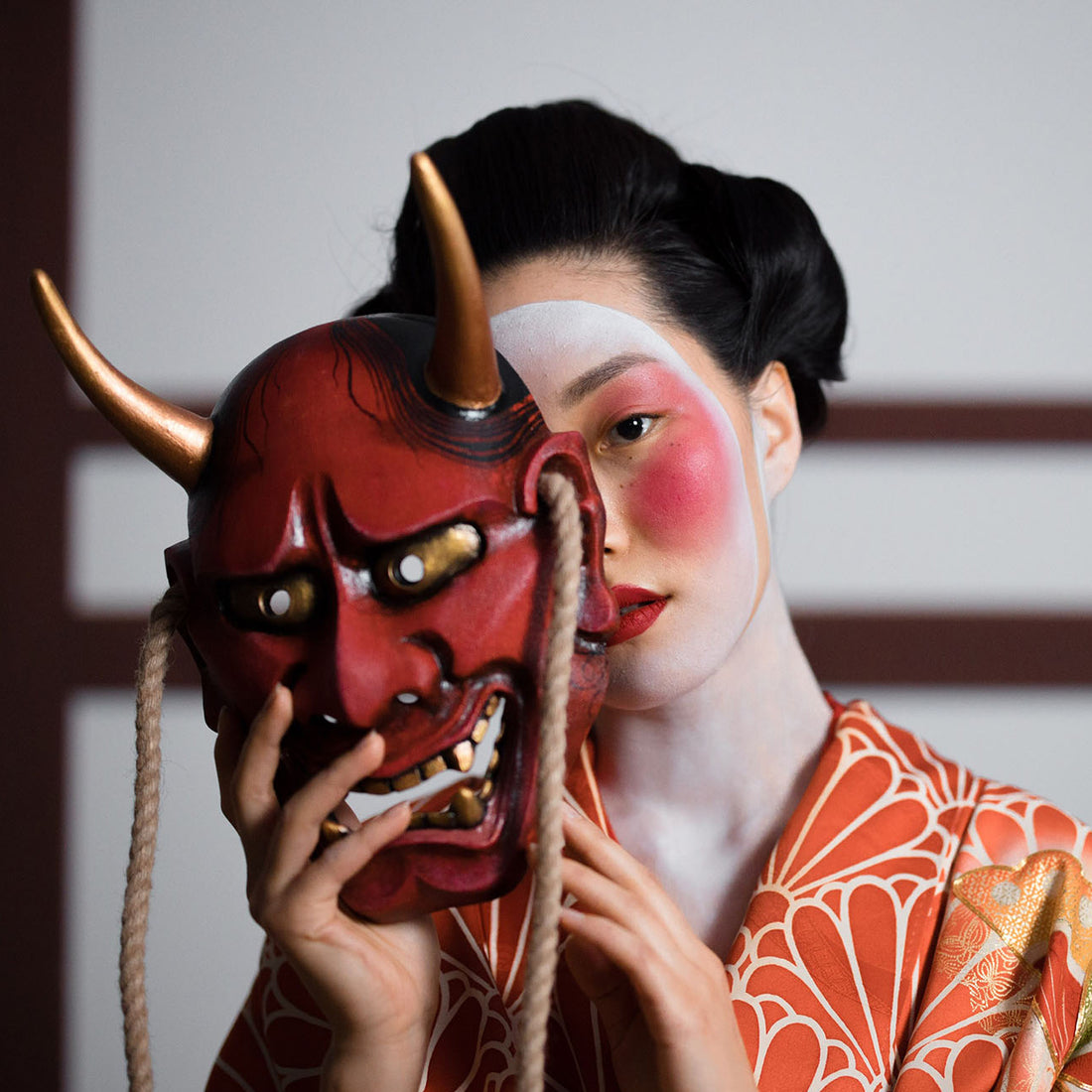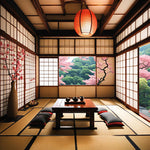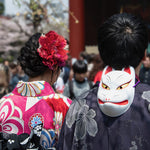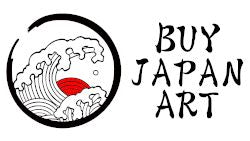
A Journey into the myriad masks of Japan's Folklore
Share
A tradition deeply rooted in Japan
You can hide behind a mask or express your emotions through it. From the frightening samurai to the actor of kabuki, masks have become a part of the identity of Japan.
They have been used in various contexts for centuries. Historically, masks were worn by religious in ceremonies as well by actors of Noh and Kabuki.
The goal was the same: becoming a god, a spirit or any characters.
One mask, one personality
Each mask is designed to convey a specific emotion or feeling. This is why they come in a variety of shapes, sizes, and materials.
For example, the Okame mask represents a happy and auspicious woman while the Hannya mask is used to represent a female demon in Noh performances.
The Oni mask is the most popular demon character in Japanese culture. It is often used in festivals and parades, like the Setsubun where kids throw beans to the Oni to scare away the evil spirits.
Another popular type of mask is the kitsune mask, which represents a fox. It is associated with the Shinto god Inari. It is said to bring good luck. The mask is often painted in red or orange, with a white snout and black markings around the eyes.

An art in its own right
Japanese masks are made from a variety of materials, like wood, paper mache, or clay. Each material has its own unique properties. For example, wood is often used for more detailed masks, while paper mache is used for more lightweight and portable masks.
Japanese masks are appreciated for their intricate and detailed designs. Some masks feature elaborate patterns and some are adorned with decorative elements like jewels. The craftsmanship and attention to detail that goes into creating these masks is amazing, making them true pieces of art.
Masks in popular culture
Today, Japanese masks are still used in a variety of contexts, including in traditional performances and festivals.
With modern popular culture rising among young people, new trends emerge but masks are not left apart: for instance, they are used by cosplayers to personify their favorite character. And manga and anime have taken a big part in the expansion of the imaginary of the mask through art by mixing old beliefs and modern action.

Japanese masks have played a significant role in the country's history and traditions. Whether used for religious ceremonies, theatrical performances, cosplaying or simply as decorative items, these masks continue to cultivate the curiosity of many people.
Famous Japanese masks
1. Okina mask: it represents an old man. It is used to open Noh performances. The mask is painted white and has a gentle expression, with a flowing beard. It represents wisdom and benevolence, and the character it represents often imparts important messages or teachings.
2. Hannya mask: it has the features of a female demon who is consumed by jealousy and anger. The mask has sharp, pointed teeth, horns, and a red, angry expression. The eyes are wide and the eyebrows are furrowed, giving the mask an intense and frightening appearance.
3. Onna-men mask: the representation of a beautiful woman. The mask has delicate features, with full lips, a small nose, and arched eyebrows. The eyes are almond-shaped and painted with long, thick lashes. The mask is often painted with subtle shades of red or pink on the cheeks, giving it a soft and gentle appearance.
4. Tengu mask: face of a supernatural creature with a long nose. The mask has a red face and a prominent nose. The eyebrows are painted in a dramatic arch, giving the mask a terrifying appearance. It is often used when the theme is about magic and supernatural powers.
5. Hyottoko mask: it represents a comical character. The mask has a wide, smiling mouth that extends to the ears, with bulging eyes and bushy eyebrows. The character represented by the mask is often portrayed as a clown, and is known for making people laugh.
6. Namanari mask: it represents a character who is possessed by a spirit. The mask has a distorted expression, with bulging eyes and an open mouth to express madness.
7. Uba mask: it represents an old witch. The mask has a wrinkled face, with a hooked nose and a wide mouth. The eyes are sunken and the eyebrows are painted in a dramatic arch, giving the mask a sinister appearance.
8. Shikami mask: it represents a demon with the ability to control animals. The mask has a fierce expression, with sharp teeth and a long nose.
Religious, artistic, or functional like the samurai’s one, the mask is an item that has continuously be present in the Japanese culture across the ages and will continue to be.
If you are interested in decorating your interior with this traditional object, visit our wooden mask collection.
Prev post

5 ideas for Japanese home decor
Updated on 01 April 2024
Next post

Traditional Japanese Art
Updated on 12 March 2023
